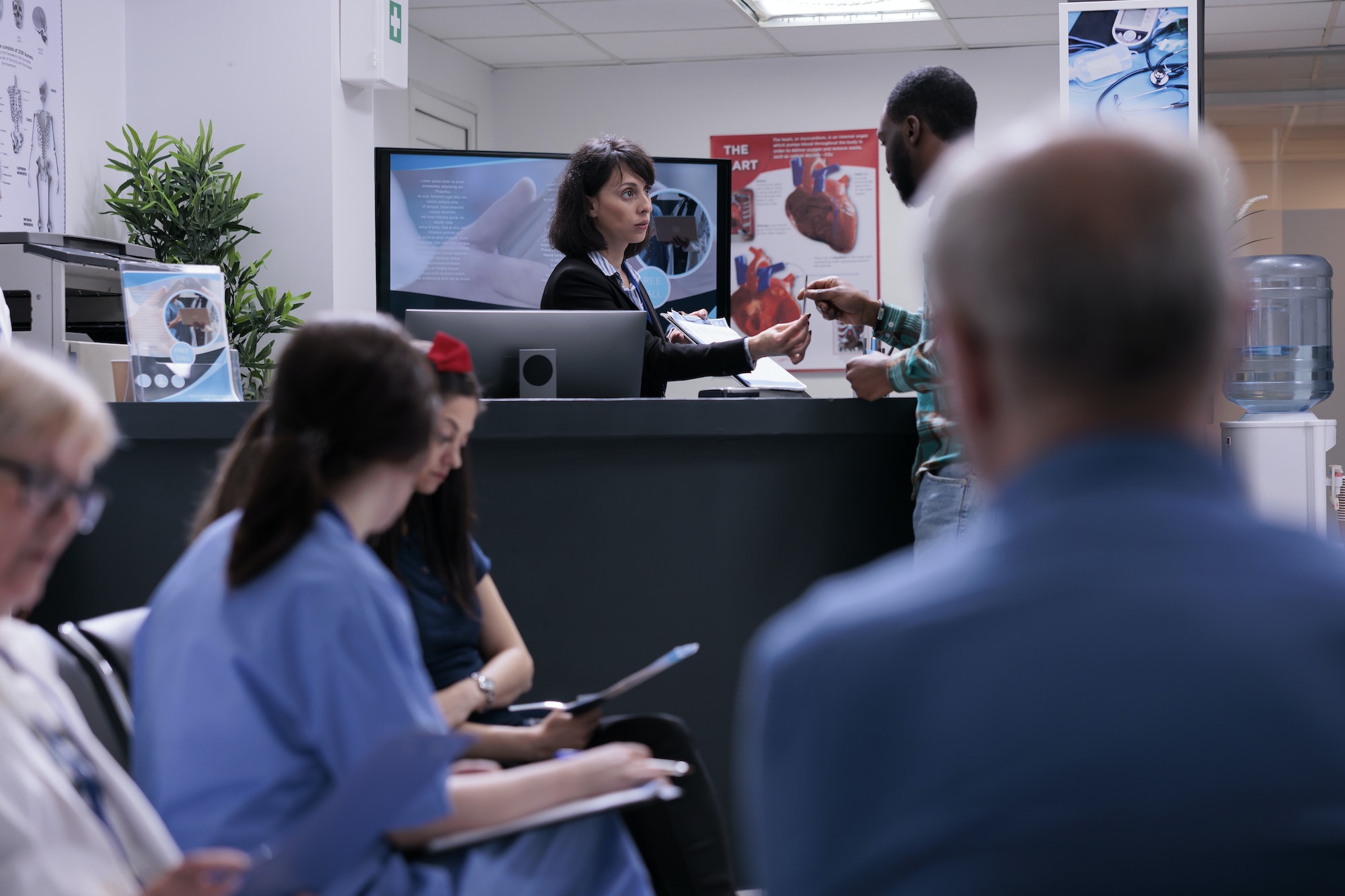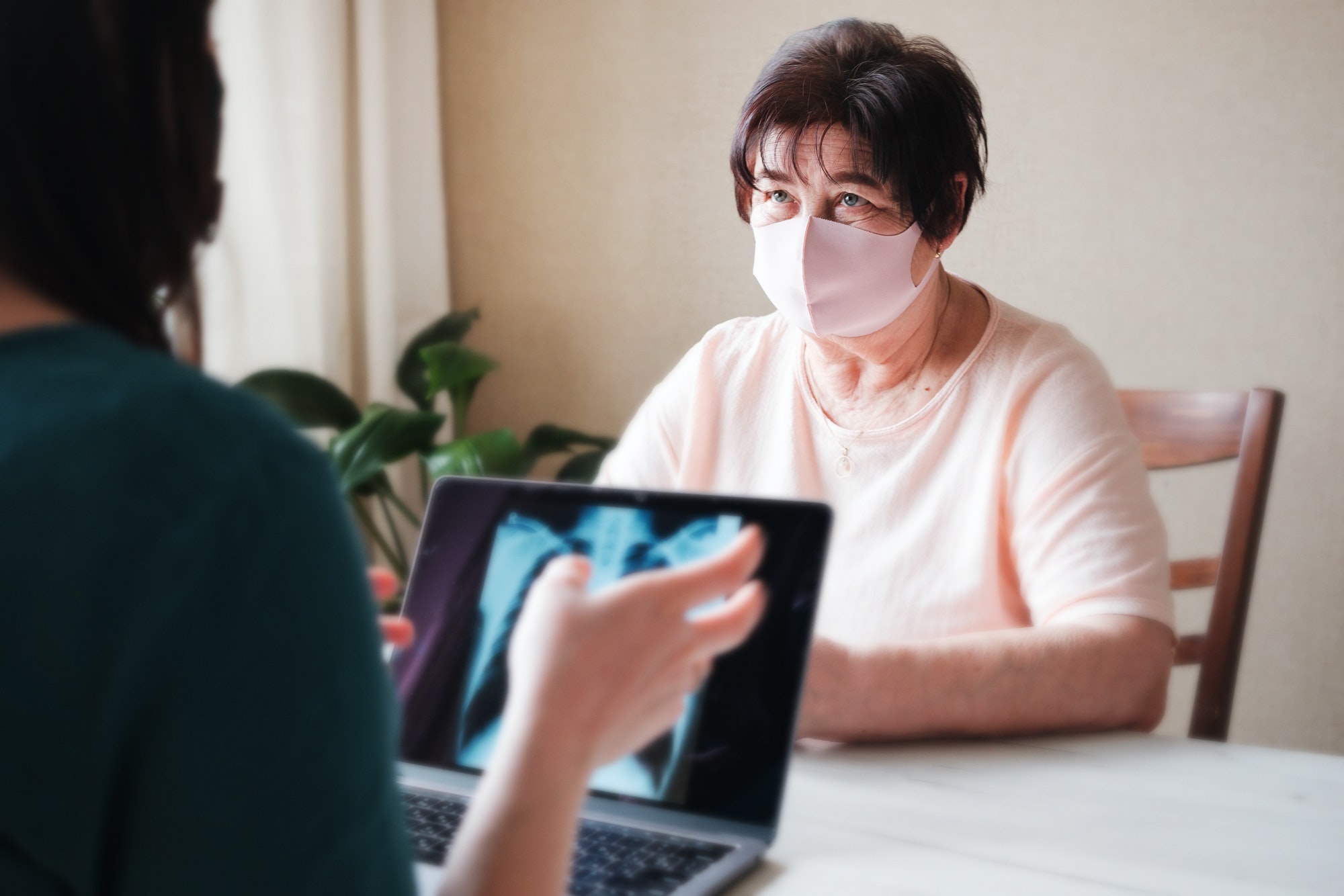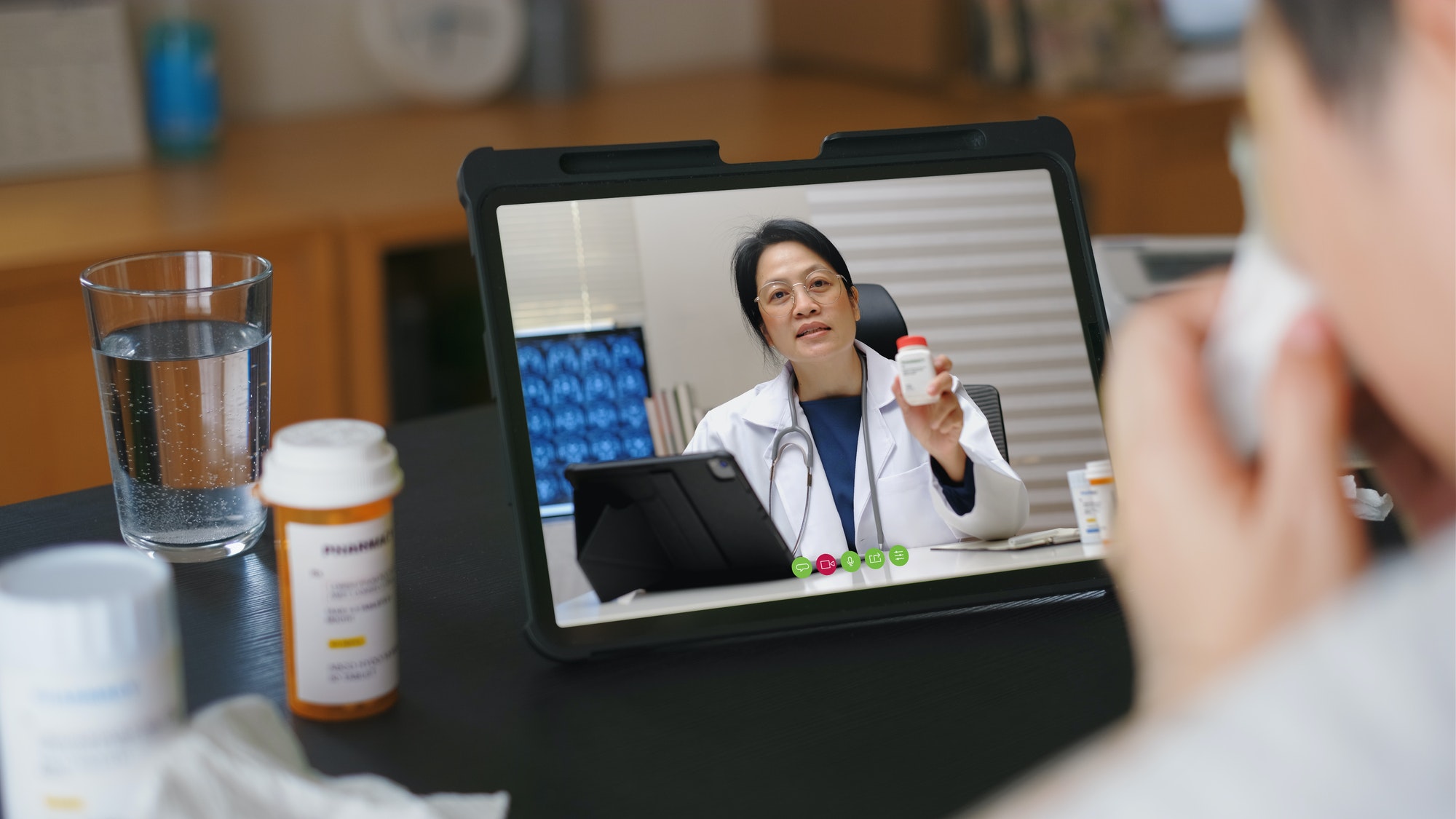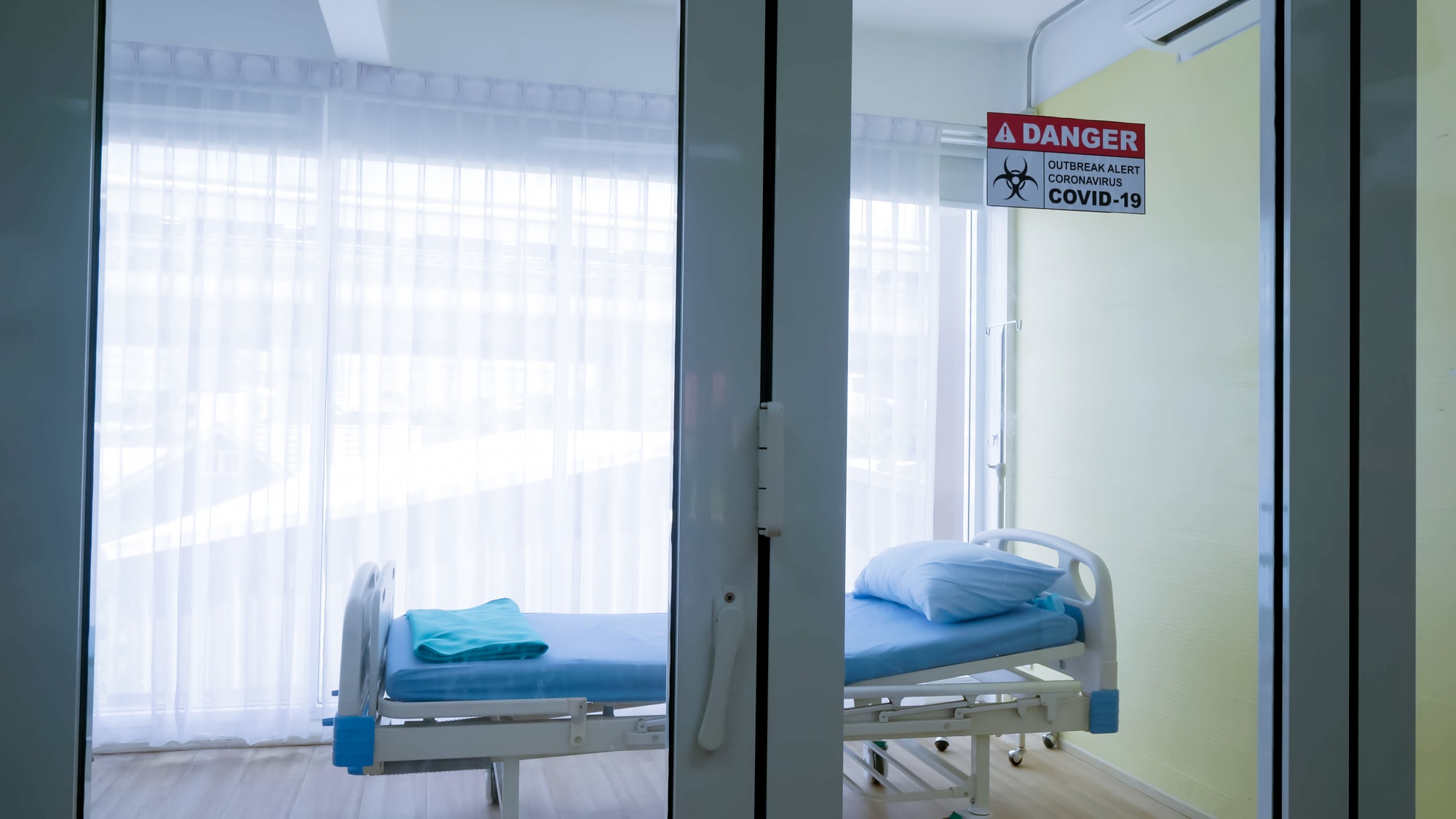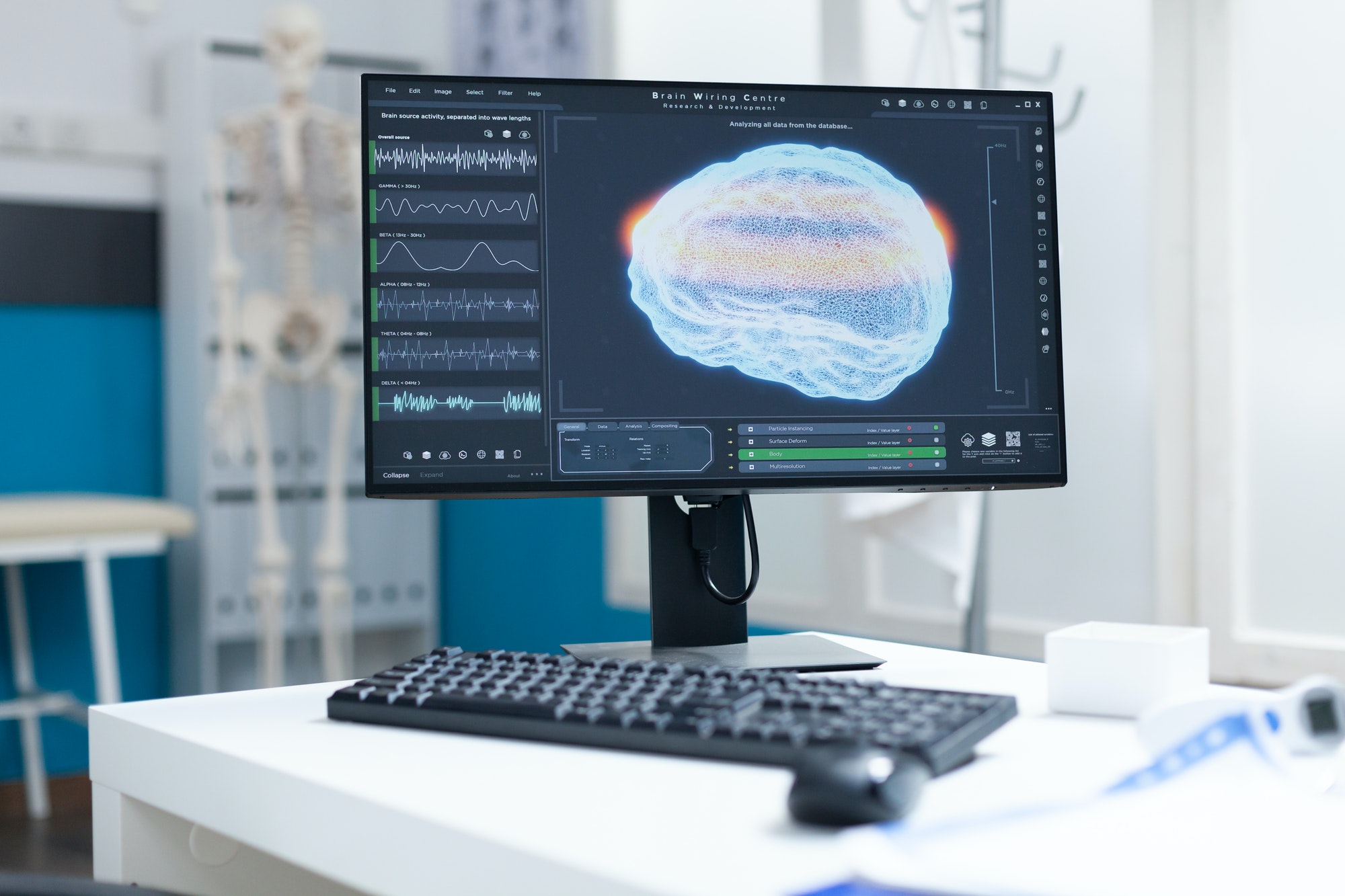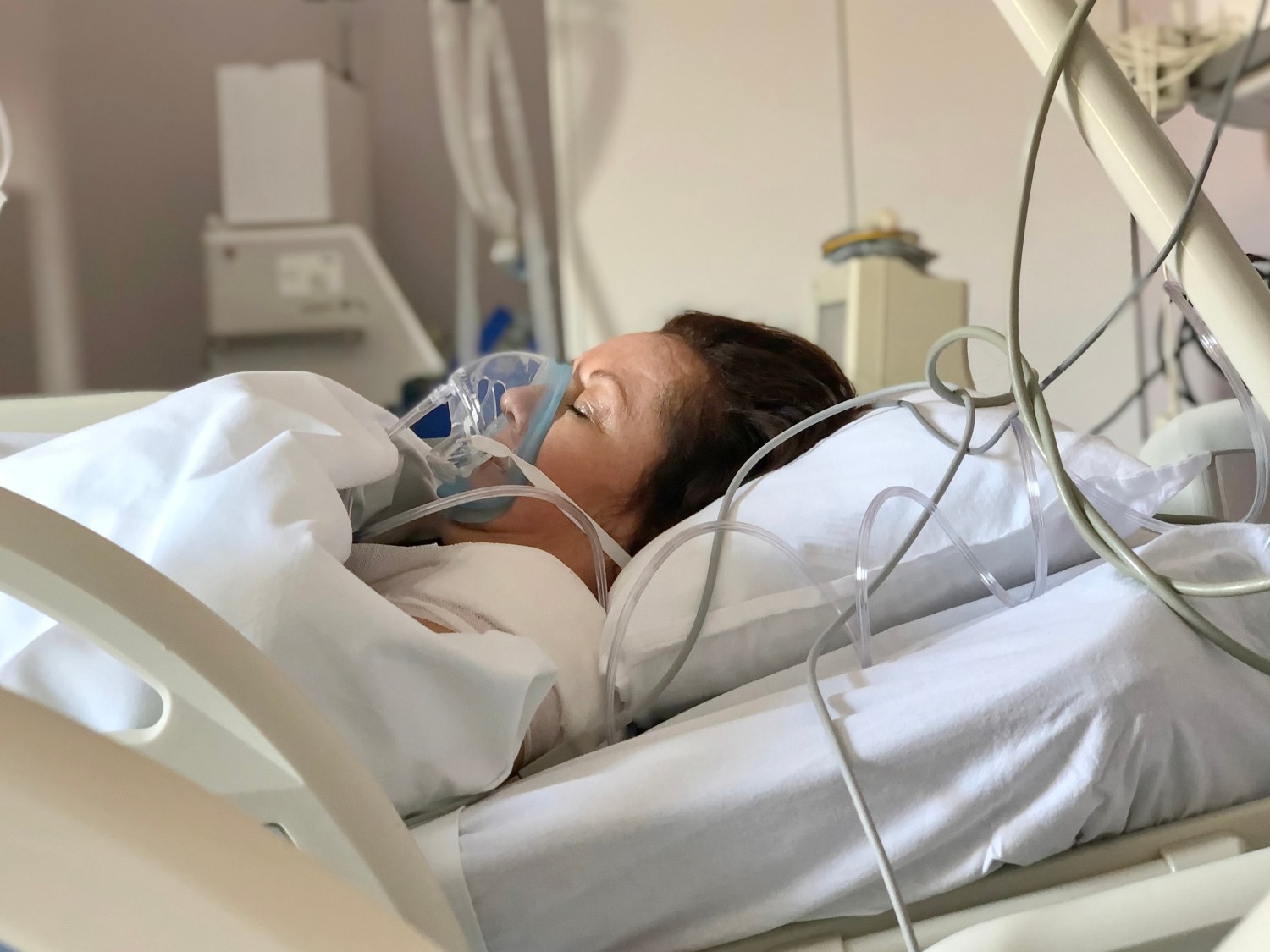DISCLAIMER: The below blog entry was written by an outside, unrelated party and does not necessarily express the opinions or views of or associated with the RemoteICU brand or the individuals associated with the RemoteICU brand. The blog is not necessarily endorsed or supported by RemoteICU nor was the entry reviewed and accepted by individuals associated with RemoteICU. The blog entry is provided simply to address and create interest in topics of import related to telemedicine. Your own independent research and decision-making and seeking of expert / professional opinions are required before you make any decisions whatsoever or form any opinions with respect to any topics addressed therein. By reading the blog entry, you consent to accepting the terms and conditions in this disclaimer.
Improving ICU Care in Small and Rural Hospitals Through Virtual Rounding
Intensive care units (ICUs) provide lifesaving care for the most critically ill patients. However, many small to medium-sized hospitals and rural hospitals face challenges in providing high-quality 24/7 intensive care due to limited resources and staffing shortages.
Virtual ICUs (vICUs), where off-site intensivists use audiovisual technology to participate in bedside rounds and assist onsite staff, are emerging as a solution to improve care in these settings.
The Challenges of Rural and Community Hospital ICUs
Rural and smaller community hospitals often lack the patient volume and finances to support having intensivists on staff full-time. They may rely on hospitalists, who lack advanced critical care training, to manage the ICU. Or they may have intensivists who split their time covering multiple facilities, being physically present in the ICU only a few days a week.
Gaps in specialist coverage ⇒ virtual icu rounds
This can lead to gaps in specialist coverage and lack of consistency in carrying out best practices. High turnover of temporary contracted intensivist coverage further disrupts continuity of care.
The limited resources of these facilities also impact quality assurance and training. Rural ICUs may lack robust clinical protocols and quality improvement initiatives. With fewer complex patients and educational opportunities, staff may not be able to maintain the full range of critical care competencies. This can negatively impact patient outcomes.
Virtual Rounding as a Solution
Virtual ICUs leverage technology to provide rural and community hospital ICUs with around-the-clock support from offsite multidisciplinary critical care teams. These teams are led by intensivists with nurses, pharmacists, and other specialists who use high-definition audiovisual software to “round” on ICU patients remotely.
Virtual rounding provides several benefits:
Proactive, Real-Time Care
vICU staff participate in bedside rounds, examining patients through video and audio links. They can pick up on early signs of deterioration and initiate timely interventions and treatment changes, preventing avoidable escalations. Having intensivists oversee care 24/7 can reduce ICU mortality rates.
Enhanced On-Site Education
vICUs create opportunities for rural hospital ICU staff to regularly interact with specialized critical care professionals. On-the-job training and mentoring helps local staff expand their capabilities. vICUs also provide structured educational initiatives.
Standardized Protocols and Best Practices
vICUs can institute evidence-based care protocols and checklists to reduce variation and improve compliance with best practices. They also implement robust quality assurance programs and data collection. This improves adherence to clinical guidelines.
Reduced Length of Stay
Several studies have found that vICU implementation decreases ICU and hospital lengths of stay. This demonstrates that around-the-clock intensivist oversight improves clinical outcomes. Shorter stays also increase hospital capacity.
Specialized Care for Rural Needs
vICUs allow rural hospitals to leverage extra support for needs like neurologic and cardiac emergencies that stress limited local capabilities. Telemedicine also provides rural patients expanded access to specialists without requiring distant travel.
Promising Impact
Early research indicates vICUs improve outcomes in rural settings. A study of 2,000 critically ill patients in five rural hospital ICUs found vICU implementation was associated with reduced mortality and length of stay. Among larger community hospitals, vICUs have been credited with reducing ICU mortality by 30-50%. As technology improves, virtual ICUs are likely to become integral for boosting rural ICU performance.
Delivering Enhanced Patient Care / proactive rounding via teleicu
Virtual ICUs allow small and rural hospitals to provide their patients with access to board-certified intensivists and experienced critical care nurses 24 hours a day. The vICU critical care physicians and nurses remotely monitor ICU patients in real-time using audio video technology and electronic medical records.
Proactive care delivery
This facilitates proactive care delivery from the vICU team to the bedside team of nurses and physicians. The vICU staff identify changes in patients’ conditions early and make recommendations to optimize clinical care and prevent avoidable complications. Having board-certified intensivists overseeing care has been shown to reduce mortality rates, length of stay, and improve adherence to best practices.
The COVID-19 pandemic has created an even greater imperative for tele-ICU programs to enhance access to critical care. Public health measures have increased barriers to in-person bedside rounds. Patient surges have also overwhelmed ICU capacity in many areas. Virtual care enables staffing and expertise to be scaled rapidly.
Studies have found that ICUs using tele-ICU programs were better able to adapt during the pandemic. Many experts predict virtual care models will become a standard component of intensive care delivery long-term.
In summary,
virtual ICU rounding via telemedicine provides small, rural, and community hospitals with around-the-clock intensive care expertise. By supporting local ICU teams, vICUs can raise the standard of care to improve patient outcomes in these resource-limited settings.















